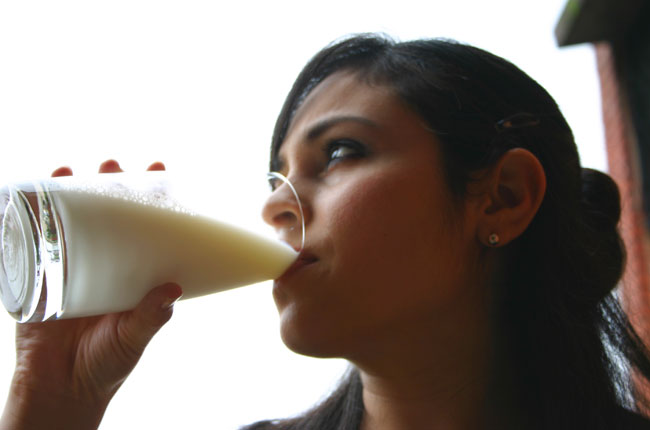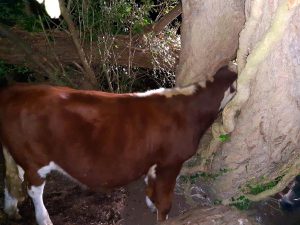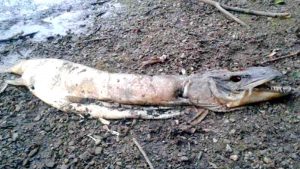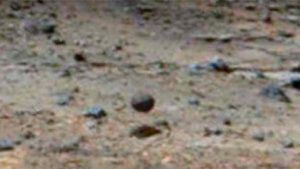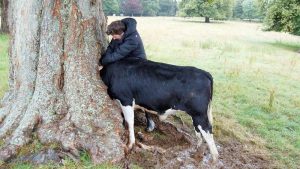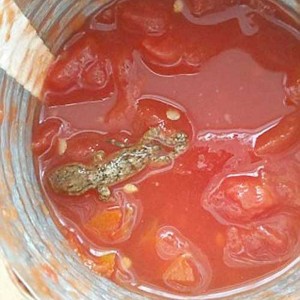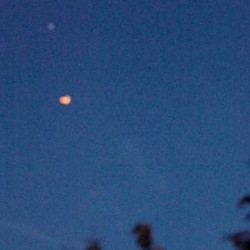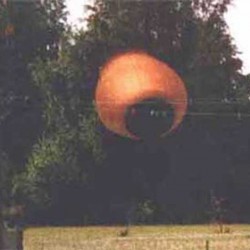
The ability to digest the milk sugar lactose first evolved in dairy farming communities in central Europe, not in more northern groups as was previously thought, finds a new study led by UCL (University College London) scientists published in the journal PLoS Computational Biology. The genetic change that enabled early Europeans to drink milk without getting sick has been mapped to dairying farmers who lived around 7,500 years ago in a region between the central Balkans and central Europe. Previously, it was thought that natural selection favoured milk drinkers only in more northern regions because of their greater need for vitamin D in their diet. People living in most parts of the world make vitamin D when sunlight hits the skin, but in northern latitudes there isn’t enough sunlight to do this for most of the year.
In the collaborative study, the team used a computer simulation model to explore the spread of lactase persistence, dairy farming, other food gathering practices and genes in Europe. The model integrated genetic and archaeological data using newly developed statistical approaches.
The study simulated the spread of lactase persistence and farming in Europe, and found that lactase persistence appears to have begun around 7,500 years ago between the central Balkans and central Europe, probably among people of the Linearbandkeramik culture. But contrary to popular belief, they also found that a need for dietary vitamin D was not necessary to explain why lactase persistence is common in northern Europe today.
Source and quoted text: University College London (old link no longer exists)

